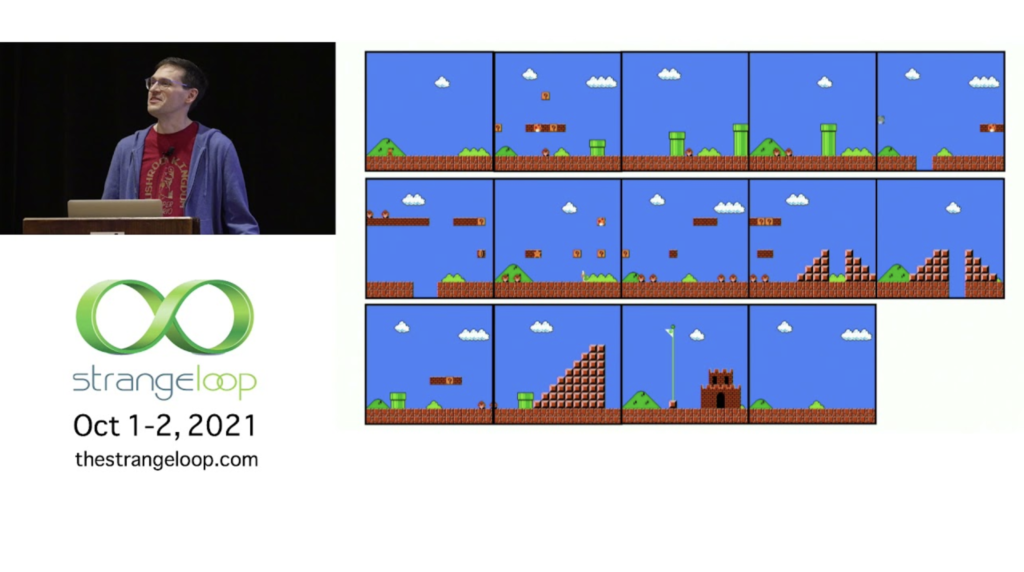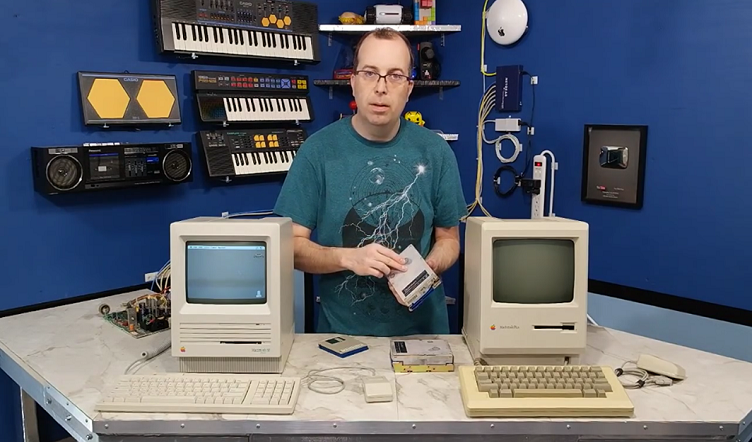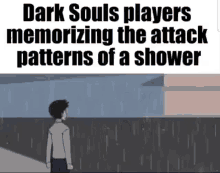Since I got a ton of votes that you liked the Weekly about MarioGPT so much a week ago, I figured we’d make today’s edition a special one. I’ll toss you some of the most interesting links that will give you a better understanding of the mechanics of old games. I say right away – mainly Nintendo consoles, but not only.
Game Development in Eight Bits by Kevin Zurawel

Just so we get off to a good start, instead of the whole channel I’ll give a single video, coming from the StrangeLoop conference. It is a great introduction to the topic I wanted to take you through today. The whole thing lasts 40 minutes, and in a nutshell, presents the biggest problems that game developers had to deal with on the Nintendo Entertainment System console. From the whole thing you will learn that (for example) the aforementioned NES did not have…. random number generator, which, as you can probably guess, affected quite a bit the way productions were created – each game dealt with this problem in a slightly different way. This, and many other challenges (such as state storage and screen scrolling) can be found in Kevin Zurawel’s presentation Game Development in Eight Bits

The 8-bit Guy – How Old School Computers and Games Work.

As I pointed out in the introduction, most of the material about old games focuses on consoles, however, quite a few people also have a love for computers. A quiet hero, treating both of the above worlds equally, is The 8-Bit Guy. He is a true YouTube elder, posting for almost 15 years, during which time he has gained almost one and a half million subscribers.
Admittedly, he deals mainly with Hardware, but this world is inextricably linked with the software. That’s why his channel featured How Old School Computers and Games Work, a series of 15 videos. This is the resource that I think is best to start with if you want to develop a more cross-cutting knowledge of the various platforms and challenges.
Each video is relatively short (around 15 minutes) and full of visuals that really help to understand the engineering genius of the old programmers, which had to cope with limitations unheard of today.

Nicole Express

I have a feeling that society and pop culture tries to make us believe that Retro games are the domain of men. This stereotype is contradicted by Nicole Branagan, who is not only incredibly knowledgeable about how old systems work, but her blog Nicole Express is a treasure trove of written texts. She is elaborating on the details of the architecture of both popular (such as the NES mentioned many times in this text) and completely niche hardware (such as the Elektronika IM-32 – or Soviet Bloc Game & Watch). Nicola is also a very prolific author – her texts appear at regular bi-weekly intervals.

I recommend starting with the publication What made the NES so interesting?. If you like the whole thing, I encourage you to subscribe to Nicole’s blog. I, for one, look forward to her future texts, even though I don’t always keep up with her frantic pace.

Retro Game Mechanics Explained
While all of the previous materials have had the quality of trying to present the topic in a fairly accessible way, there is a limit to how far one can go into technical details without simplifying them. Therefore, at the very end, I have a YouTube channel for you…. heavily uncompromising one.
Retro Game Mechanics Explained is a veritable goldmine of knowledge that breaks down games and consoles into their true essentials. It is on this channel that you will learn everything about the old systems – and when I say everything, I really mean that. Suffice it to say that the latest video is the fourth part of a series on the SuperNintendo sound coprocessor created by Sony. Of course, the whole thing has a lot of much more “cliched” material, mostly translations of popular glitches like missing Pokemons in the first generation or Wrong Warp in various games in the Super Mario series. However, I continue to be impressed that their materials are watched by tens of thousands of people, and the whole thing is subscribed to by nearly 200,000.

I hope you enjoyed such a special edition, sometimes we will probably create such. And next week we are already back with a classic Weekly review!




